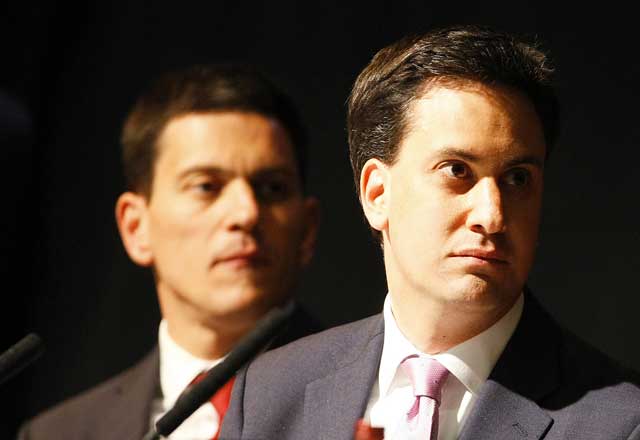To End All Wars: How the First World War Divided Britain, By Adam Hochschild

Your support helps us to tell the story
From reproductive rights to climate change to Big Tech, The Independent is on the ground when the story is developing. Whether it's investigating the financials of Elon Musk's pro-Trump PAC or producing our latest documentary, 'The A Word', which shines a light on the American women fighting for reproductive rights, we know how important it is to parse out the facts from the messaging.
At such a critical moment in US history, we need reporters on the ground. Your donation allows us to keep sending journalists to speak to both sides of the story.
The Independent is trusted by Americans across the entire political spectrum. And unlike many other quality news outlets, we choose not to lock Americans out of our reporting and analysis with paywalls. We believe quality journalism should be available to everyone, paid for by those who can afford it.
Your support makes all the difference.The first substantial point Adam Hochs-child's book makes is that the destructive force of the First World War remains with us: 900 tons of unexploded munitions are still collected from its battlefields each year. Since 1946 more than 630 démineurs have died in the process. In 1991 alone, when France was building a new high-speed rail line, 36 people were killed excavating the track bed.
Less lethally, but just as powerfully bringing the scale of the carnage home, Belgian farmers today regularly plough up skeletons of those "missing in action – presumed dead": men who were ordered to shoot and blow each other up; men who were willing and men who weren't; men who before the war would have had no argument with each other; but all dead men, and mostly very young dead men. The figures remain mind-boggling: in France alone, half of all men aged 20 to 32 at the outbreak of war were dead by the time it was over.
Like the unexploded shells against which French tractor-drivers affix steel plates to the base of cabs, Hochschild states, "the First World War has remained in our lives, below the surface, because we live in a world that was so much formed by it and by the industrialised total warfare it created". I beg – only slightly – to differ. I do not think the Great War remains below the surface; we cannot get enough of it. The general horror of trench warfare and the often pointless sacrifice of a whole generation continue to fascinate us, rather in the way that dinosaurs appeal to seven-year-olds. The Great War, rightly or wrongly, has come to represent suffering of a kind and on a scale we expect never to experience in our lifetimes..
Hochschild pays close attention to those who campaigned against the war in the face of an irresistible tide of patriotic fervour, sustained by a propaganda machine which churned out emotive material by the likes of John Buchan and Rudyard Kipling, and led women to show their disgust at men who had not joined up by thrusting white feathers into their hands. These pacifists - Bertrand Russell, Sylvia Pankhurt, Keir Hardie, to name but a few - and the many other trade unionists and socialists for whom "a gun was a weapon with a worker at each end" foresaw the utter madness that we now, on the whole, recognise the Great War to have been. Hochschild also recognises the agonising point that even when support for the war was at its lowest ebb, there was a strong sense that to make peace would be to negate the value of the millions of lives already lost. The killing continued in order, in one sense, to honour the dead.
In common with two admirable accounts of the social effects of the Great War – Virginia Nicholson's Singled Out and Juliet Nicolson's The Great Silence - this book weaves together empirical evidence and individual narratives. The survey benefits from nearly all the individuals concerned being connected in some way by ties of family, friendship or love: a strategy which demonstrates how as much as dividing a nation, the Great War divided families.
The immense social pressure to support the conflict was also sustained by heavy censorship preventing the reporting of demonstrations and strikes at home, and of mutinies in the armed forces.
Fears of revolution in Germany and Britain were very real to those in possession of the facts, and they made sure those facts did not reach the wider populace. Pacifists were intimidated, imprisoned and executed. History was rewritten not just in print but in the more seductive medium of film. The tank, initially a disaster on the battlefield, became a movie star: 20 million people flocked to a film made in 1917 portraying the "wonder weapon". Capitalising on its popularity, the government deployed 168 tanks (recalling some from France) to towns and cities throughout Britain as "tank banks". People queued to buy war bonds through an opening in the side.
To End All Wars is rich in the detail of how support for the war was manufactured and sustained, and how those opposing it were made to appear unpatriotic, cowardly, or even "mad". It is a lesson for our time, and all time.
Join our commenting forum
Join thought-provoking conversations, follow other Independent readers and see their replies
Comments